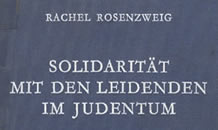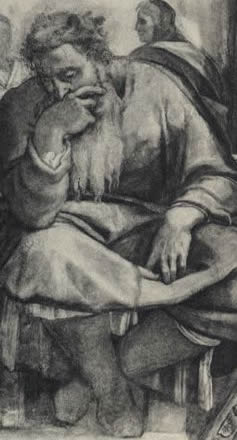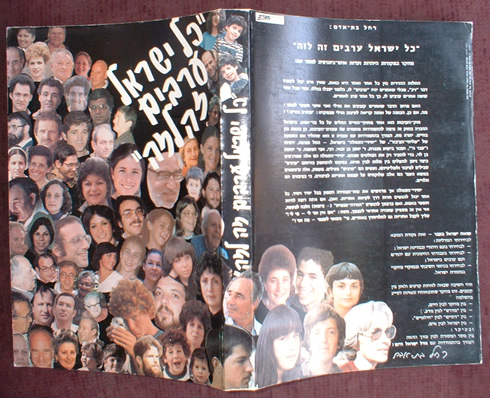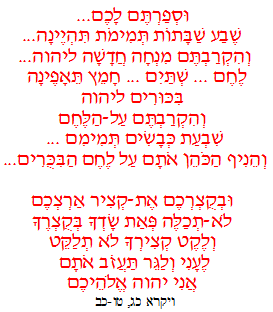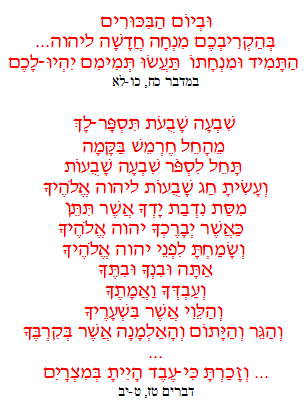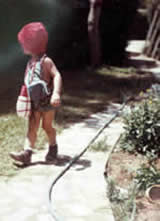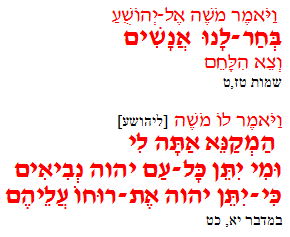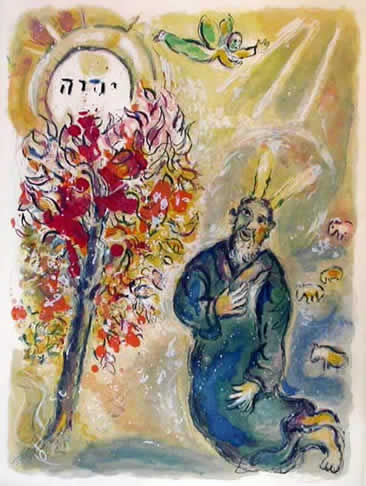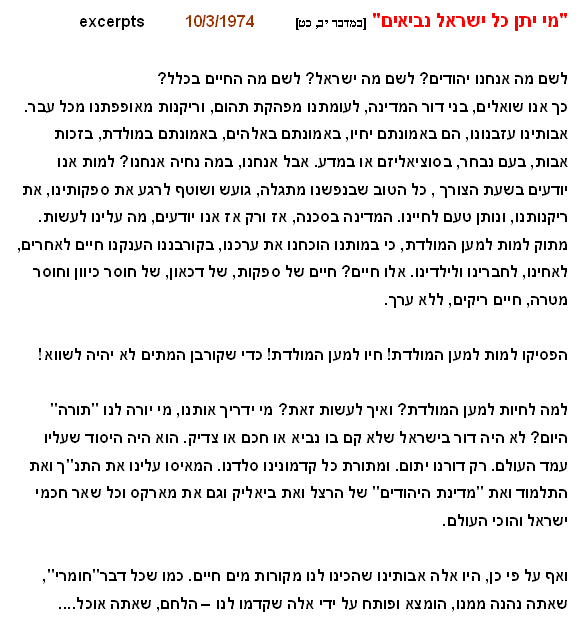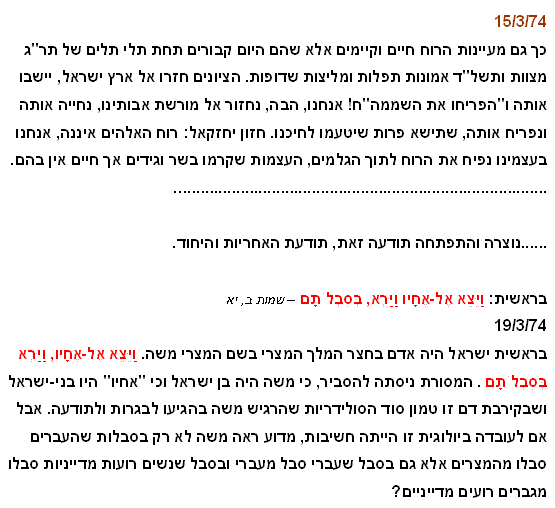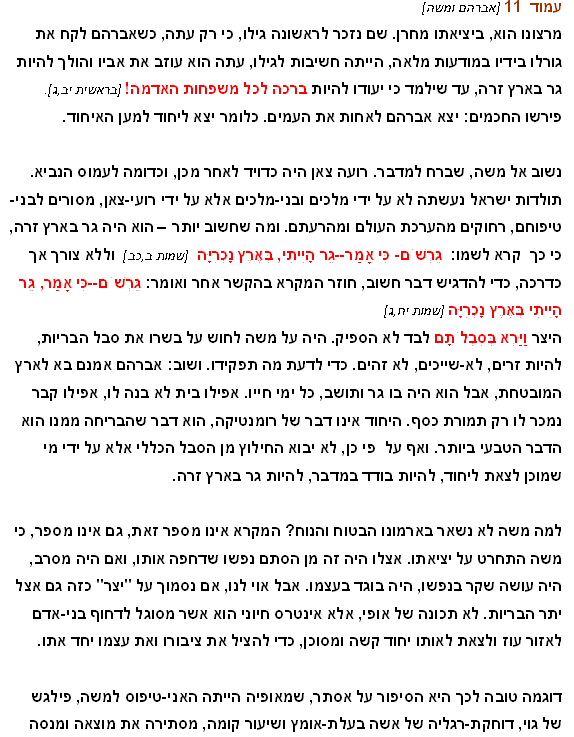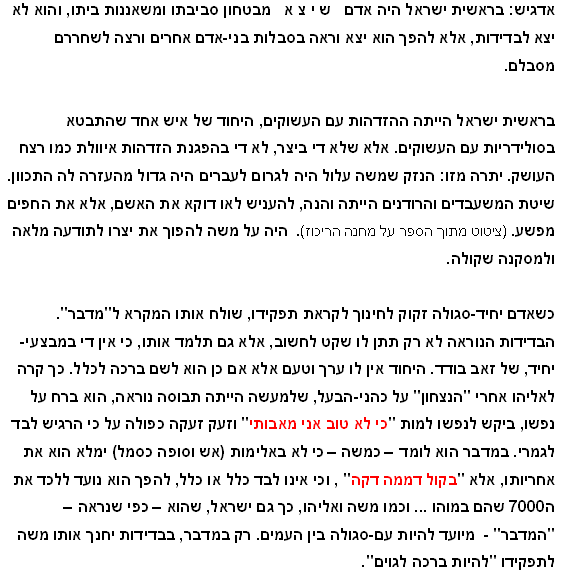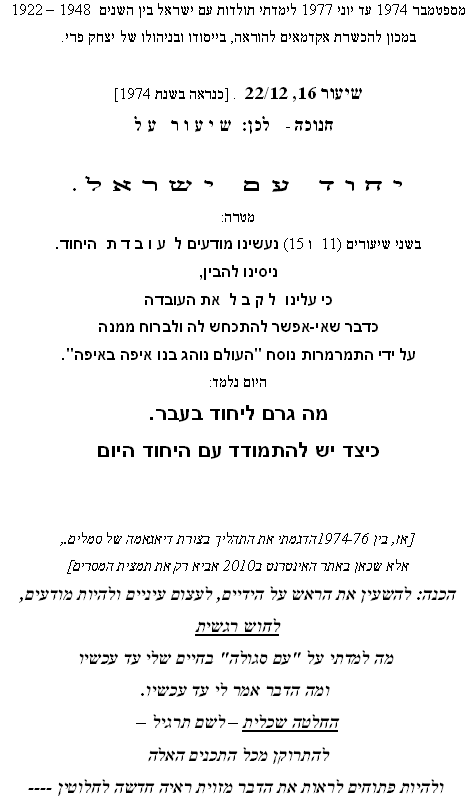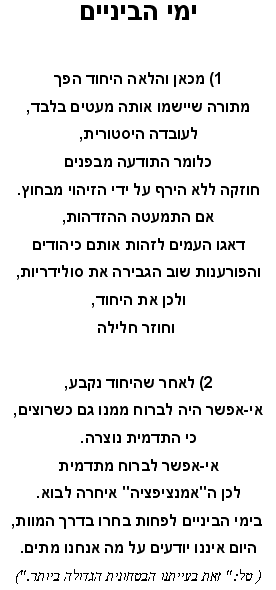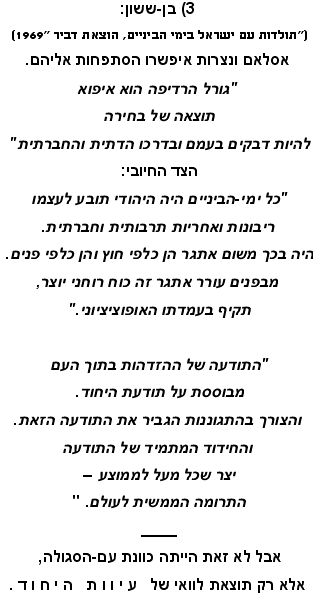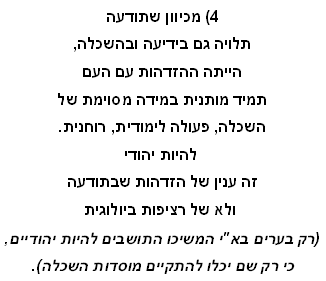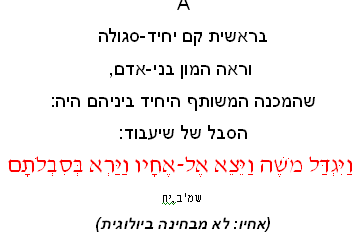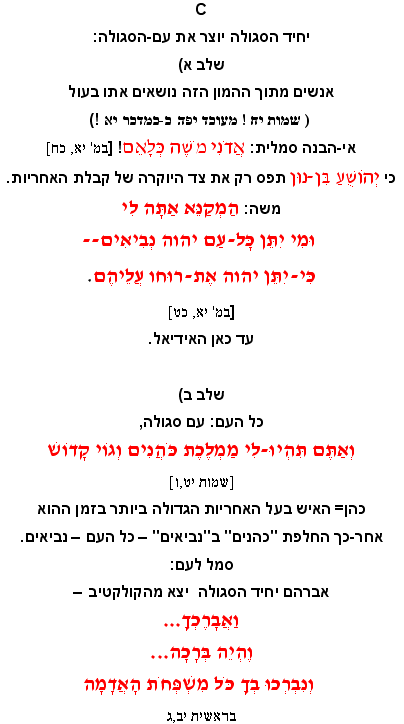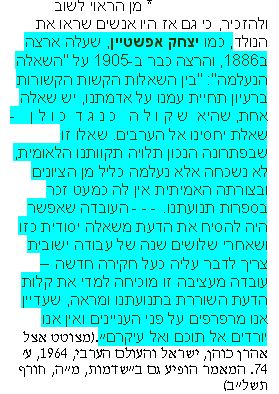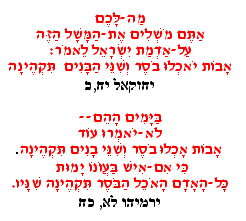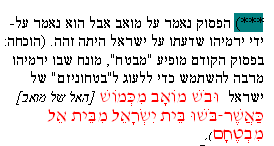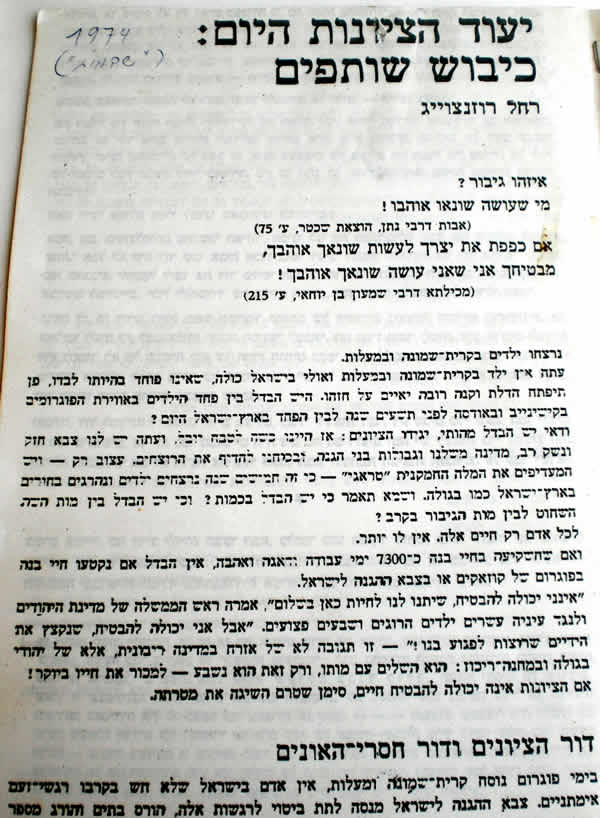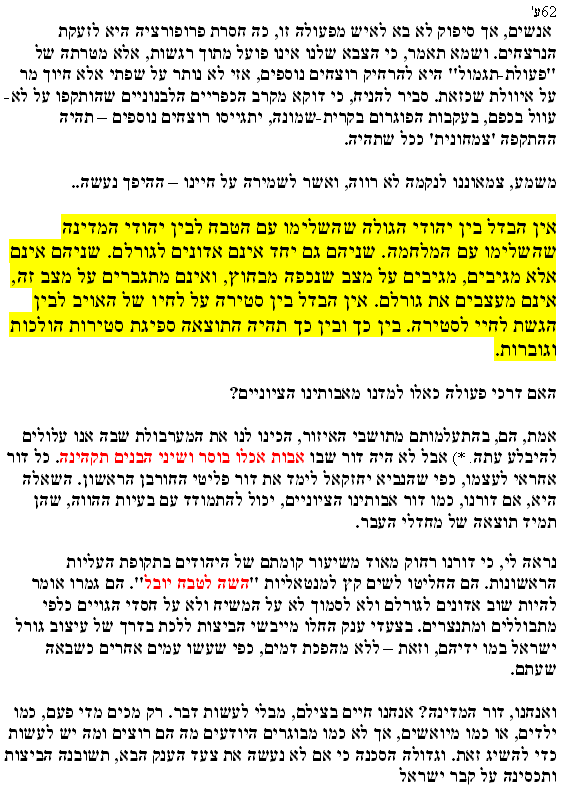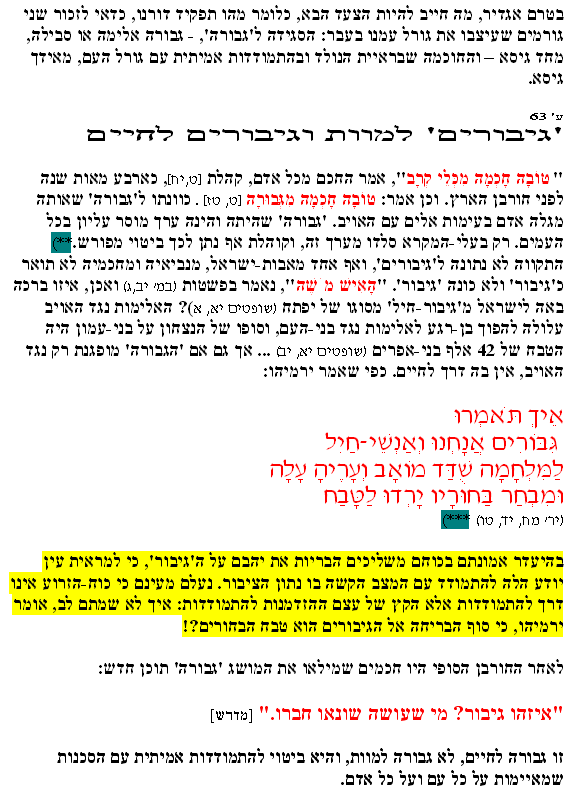
Boaz wakes up
amidst the cut wheat~~
The Hebrew Bible is my language,
an ever flowing source
of helping me cope with Life.
Among the painters there is one,
who may convey this on this page:
Marc Chagall.

Chagall was born in 1887 as one
of 8 children
of a Russian-Jewish family in Vitebsk/Russia
His name was not "Marc" then, but Moses!
He was already 35 ,
when he made his first steps as an artist.
And only at the age of 63
he started to study the technique of lithography,
used for many of his biblical themes.
When I wrote the "testimony", he was still alive.
He died 3 years later, at the age of 98.
|
The news, my homepage on the
Internet, opened with this image:

"Do
not call me Na'omi (from the
word 'pleasant'),
call me Mara (bitter)
for God has dealt with me badly",
she says when greeted by her former neighbors
in Bethlehem.
But Ruth, her Moabite daughter-in-love, had not deserted her.
She had said to this woman (not to a man, as may be assumed):
"whither thou goest, I will go;
and where thou lodgest, I will lodge:
thy people shall be my people, and thy God my god:
where thou diest, will I die, and there will I be buried:
....nothing but death will part thee and me."
To help
them survive Ruth offers to become a gleaner,
picking up grain behind the cutting crew in the fields
with the other poor, According to the Law of the Torah.
When I was a kid of 6-8,
and we were evacuated from bombarded Stuttgart to a village ,
I did just this, gleaned grain, but the harvest was ridiculous,
since the machine lost less grain than Ruth's reapers,
and there was no law, added to the commandment of Shavuot:
"When you harvest the harvest
of your land,
you are not to finish-off the edge of your field when you harvest
(it),
the full-gleaning of your harvest you are not to glean;
for the afflicted and for the sojourner [ger]
you are to leave them,
I am YHWH your God!"
[Leviticus 23,22]
It so happened,
that the field she "chose", belonged to Boaz,
a relative of Elimelech, her late husband,
which placed him in line
to be a "redeemer" of the property of Elimelech,
and to marry Ruth, according to the Torah - with
one problem:
Moabites are not eligible for marriage.
they had denied bread and water to the Israelites,
when - on their exodus from slavery -
they wanted to travel through their territory on the way to the Land.
[If such an
exclusion pertained to Moabite Ruth,
how much more would it pertain to German Christa~~~]
The two women smartly device how to make Boaz
fall in love~~~
The little novel - a jewel of world literature,
which moves me to tears every single time I read it -
hides a profound message in its ending:
the offspring of Ruth, the widow, Ruth, the Moabite proselyte,
is King David, and King David, of course, stands for the Messiah.
|

~~~and finds Ruth, the gleaner,
at his feet
I've gathered Chagall's images of Moses,
for it's with Moses that I identify most:

|
